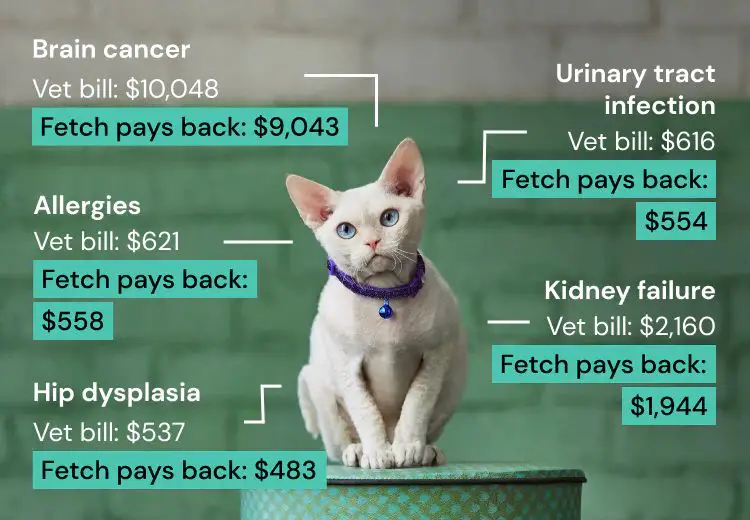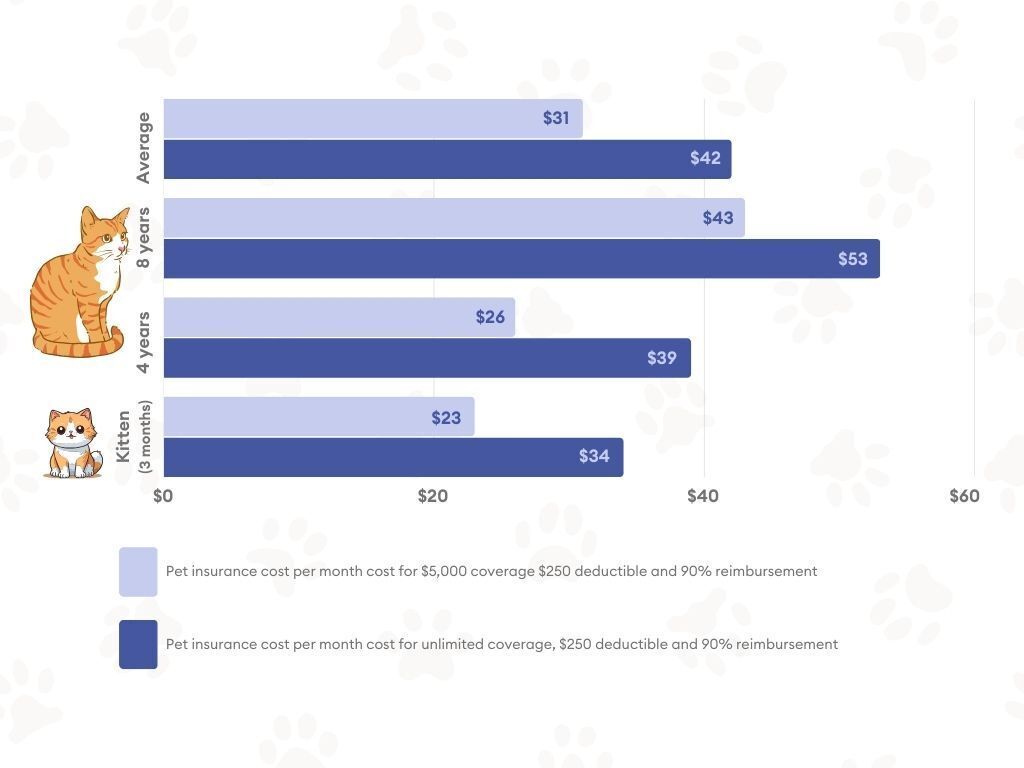What is cat x?
Category X is a vehicle salvage title used in the auto insurance industry to classify vehicles that have been severely damaged, typically in accidents or natural disasters. According to Raw2k, Category X vehicles are considered “uneconomical to repair” and are often stolen and recovered vehicles.
Category X is the most extreme salvage title classification used by insurers. Vehicles given a Category X title have undergone extreme damage where the cost of repairs exceeds the pre-loss value of the vehicle. As a result, Category X vehicles are typically considered “total losses” by insurance companies and are subsequently sold at salvage auctions.
The Category X classification is used to alert insurers and potential buyers that the vehicle has little to no resale value due to the extent of damage. Category X titled vehicles are not permitted to be driven legally on public roads unless significantly repaired and issued a rebuilt title. Due to the high repair costs, most Category X vehicles are sold for scrap and parts.
How cat x is assessed for insurance
Insurers consider several factors when assessing how a category x designation affects insurance premiums and coverage. According to What are Cat A, B, C, D, S & N Vehicles?, a category x vehicle has been subject to an insurance claim but suffered little to no damage. As a result, insurers may view category x more favorably than other salvage categories.
However, category x vehicles can still see increased premiums compared to non-salvaged vehicles. Key factors insurers consider include:
- Extent of previous damage – Even minor damage can raise rates
- Repair quality – Poor repairs may increase risk
- Policyholder history – Drivers with past claims often pay more
- Car value – Premiums are higher for more valuable vehicles
Overall, category x designation results in moderately higher premiums for most policies. Insurers view these vehicles as lower risk than other salvage cars, but higher risk than clean title vehicles.
Specific insurance policies affected
Cat x designations can impact several common insurance policies in unique ways:

Home Insurance
Home insurance policies generally exclude coverage for homes that have sustained extreme damage. Homes designated as Cat X may have difficulty securing coverage if the reason for the designation was due to significant damage. However, minor damage or errors in initial assessment may still allow for coverage (Source: https://www.raw2k.co.uk/news/what-is-a-category-x-salvage-car).
Auto Insurance
Cat X cars can be insured but often at higher premiums than comparable vehicles without the designation. Insurers view these vehicles as higher risk, though minor damage may mean there is actually little additional risk (Source: https://www.car.co.uk/media/blogs/general/what-are-cat-a-b-c-d-s-n-vehicles-and-how-to-sell-them-2023).
Life Insurance
Life insurance is generally not directly impacted by Cat X designations. Premiums are based on factors like age, health, and lifestyle. However, financial difficulties resulting from Cat X claims could potentially impact eligibility in some cases.
Health Insurance
Similarly, health insurance is not directly affected by Cat X categories. Premiums and coverage depend on demographic, health, and other risk factors. So while the designation itself does not matter, injuries/conditions stemming from a Cat X incident could alter policy terms if significant.
Insurer perspectives
Insurance companies take catastrophic events like cat x seriously when evaluating policies. According to a sample annual statement from an insurance provider, “Gross catastrophic losses were $524,582,000 for 20XX” (https://www.insurance.wa.gov/media/8753). Insurance companies must account for potential cat x claims in their balance sheets and profit/loss calculations.
Insurers may utilize higher deductibles specifically for cat x events to account for the risks involved. As one source explains, “CAT deductibles are a significantly higher out-of-pocket expense to the policyholder and apply to specific perils (e.g. named storm, hurricane, earthquake)” (https://www.amwins.com/resources-insights/article/understanding-catastrophic-event-property-deductibles_5-18). By requiring higher deductibles for cat x claims, insurers can mitigate some of the financial impact.
Overall, insurance companies take a very data-driven approach when evaluating the risks posed by cat x to their policyholders. They analyze historical trends and use risk models to price cat x policies accordingly. However, major cat x events can still strain insurers’ finances if claims exceed projections.
Policyholder perspectives
Many policyholders have firsthand experiences dealing with cat x claims. In an interview on Reddit, one person described their experience totaling a vehicle and negotiating with the insurance company:
“If your car is totaled, tell your insurance company to search vehicle listings nationwide, not just locally. They are required to compensate you for a similar replacement vehicle, not just what’s available nearby.” (Source)
This demonstrates how policyholders may need to advocate to get fair reimbursement for cat x damages. Another Redditor explained: “Insurance will always try to offer low first, sometimes leaving you with a balance owed on your old vehicle loan.” (Source)
These firsthand accounts provide insight into policyholders’ cat x experiences and the need to negotiate firmly with insurers after major losses.
Mitigating cat x insurance effects
There are several steps policyholders can take to try to minimize the impact of cat x on their insurance costs:

Shop around – Get quotes from multiple insurers to find the best rates. Insurers use different formulas to calculate premiums, so shopping around can result in significant savings. According to money.com, drivers can save over $100 a month by comparing rates.
Raise your deductible – Increasing your deductible from $200 to $500 can reduce your premiums by 10% to 15%, according to Forbes. Going up to a $1,000 deductible saves even more.
Drop unnecessary coverage – Analyze your policy to see if you’re paying for extra coverage you don’t need, such as rental reimbursement or roadside assistance. Removing unnecessary coverage can lower premiums.
Maintain a good driving record – Drivers with accidents and traffic violations on their record pay higher premiums. Maintaining a clean driving record over time can lead to lower insurance costs.
Take defensive driver course – Many insurers offer a discount for completing an approved defensive driving course. This teaches safe driving techniques to reduce accident risk.
Increase security features – Adding anti-theft devices, car alarms and other security features can qualify you for discounts from some insurers.
Geographic differences
The impact of cat x on insurance rates can vary significantly depending on location. According to https://www.bankrate.com/insurance/car/states/, average car insurance rates range from over $2,000 per year in states like Michigan to under $1,000 in states like Maine. Cat x prevalence and associated claims tend to be higher in certain regions, driving up premiums.

For example, the Southeast has some of the highest cat x populations, which leads to higher liability claims. A study by the National Association of Insurance Commissioners found Florida, Georgia, and Alabama have the most expensive liability premiums for cat x owners due to frequent incidents. Meanwhile, states like Wyoming and Idaho have lower cat x populations and therefore lower associated premiums.
Insurers evaluate cat x risk on a hyperlocal basis, so premium surcharges can vary even within states. Urban areas with more cat x encounters see larger rate hikes than rural zones. However, some states have enacted regulations capping allowable cat x premium increases, which moderates geographic differences.
Cat x Trends Over Time
The insurance industry has seen a rise in cat x losses over the past decade. According to a report by CatX Re, insured cat x losses have increased from an average of $10 billion per year in the 1980s to around $55 billion per year from 2010 to 2019 (CatX raises $2.7 million to bring more alternative capital into the insurance sector). Much of this increase is attributed to climate change, as rising global temperatures have increased the frequency and severity of cat x events.
One of the most damaging years on record was 2017, when cat x-related disasters caused over $135 billion in total economic damage globally according to Munich Re data. Major events that contributed to the high losses that year included Hurricanes Harvey, Irma, and Maria in the US and Caribbean as well as wildfires in California (Demystifying insurance linked securities).
The insurance industry has responded to the upward trend in cat x losses by raising premiums, reducing exposure in high-risk areas, utilizing more risk modelling, and transferring more risk to the capital markets through insurance-linked securities (ILS). However, cat x losses are still expected to rise going forward given climate projections.
Outlook and Forecast
Many experts predict significant changes in the cat x insurance landscape in the coming years. With the increasing frequency and severity of cat x events, insurers are likely to raise premiums, tighten underwriting, and even pull out of certain high-risk areas altogether (Climate Change and the Future of Catastrophe Insurance Programs). This may make cat x insurance unaffordable or unavailable for many policyholders.

Insurers are investing more in risk modeling and mitigation initiatives to better predict and prevent cat x losses. New insurance products like parametric insurance may emerge to provide more customized cat x coverage. Governments may play a greater role in providing disaster aid and partnering with private insurers on creative solutions (Autonomous Vehicles Affect the Future of Insurance).
Overall, the future cat x insurance landscape will likely involve a complex interplay between insurers looking to manage risk, policyholders needing affordable coverage, and governments aiming to protect vulnerable communities. With thoughtful preparation and collaboration, a sustainable cat x insurance market can emerge.
Key takeaways
To summarize the key points on how cat x affects insurance:
-
Cat x is a type of catastrophic event that can cause major damage and losses.
-
Insurers assess cat x risk and exposure when pricing policies, which can increase premiums.
-
Homeowners and business policies are most affected, requiring higher deductibles and rates in cat x prone areas.
-
Insurers aim to limit cat x exposure through policy restrictions, while customers want affordable coverage.
-
Impacts vary geographically based on cat x frequency and severity in the region.
-
Climate change may increase future cat x events, requiring insurers and policyholders to adapt.
In summary, cat x can substantially impact insurance availability, pricing, and protections for both insurers and policyholders. Understanding cat x risks and mitigation strategies is key.
